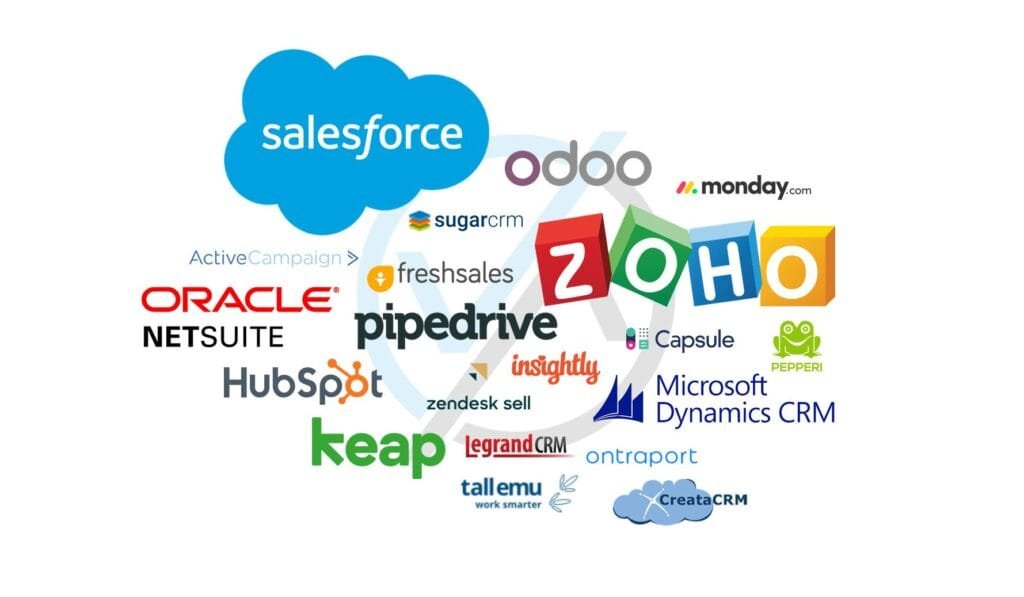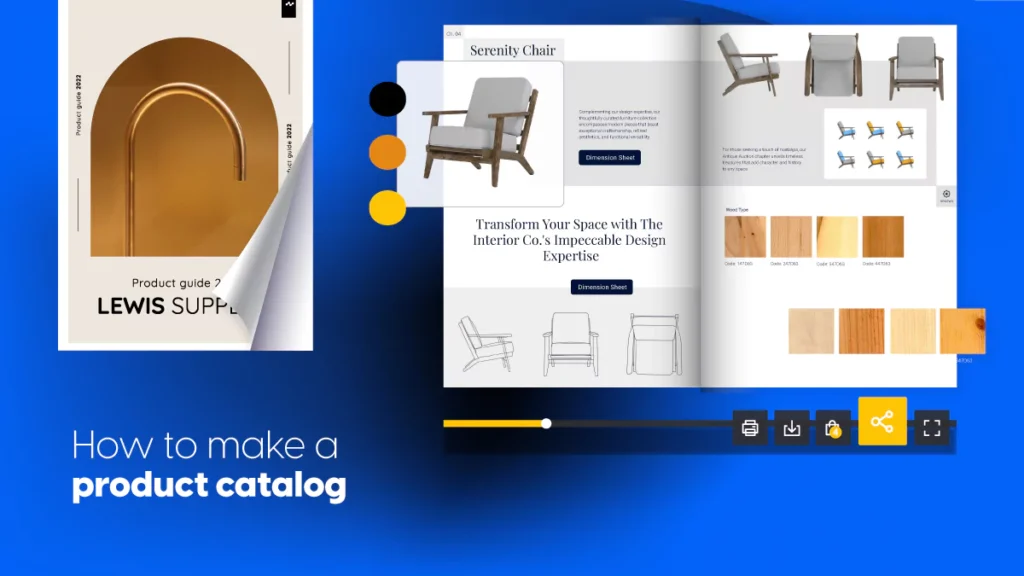When you walk into any bustling trade show, sprawling warehouse, or a dimly lit supplier meeting room, you’ll witness a timeless dance; the art of negotiation, basic practical strategies for outsmarting, outmaneuvering, and outperforming the competition. Especially in wholesale trading, where margins are everything and a few percentage points can separate the winners from the “almost made its”. Negotiation isn’t merely helpful, it is vital.
Yet, many traders, even seasoned ones, fall into patterns that cost them dearly. Some rely too heavily on charm; others hide behind spreadsheets, forgetting the game every person who wants a profitable turnover plays. This article is your roadmap to doing it better, to negotiating deals that don’t just save a few bucks but position your entire business for long-term success.
We’ll go beyond tired clichés and into actionable, field-tested tactics. By the end, you’ll see why negotiation is less about being aggressive and more about being prepared, perceptive, and persuasive.
1: Understanding What Is Really at Stake
Before you can negotiate effectively, you need to step back and ask: What exactly are you negotiating? Sounds obvious, right? But countless traders stumble because they misunderstand the real levers in a deal.
In wholesale trading, you’re rarely just bargaining over price. You’re negotiating:
Quality standards: Are you getting Grade A products, or something that “looks” similar on paper?
Payment terms: Net 30? Net 60? Partial payment upfront? Small shifts here can free up huge amounts of cash flow.
Volume commitments: Agreeing to larger volumes can unlock better rates, but it also increases your risk.
Delivery schedules: A reliable delivery window might save you from stockouts or excess storage costs.
After-sale support: Replacement policies, refunds, or marketing materials provided by the supplier.
Exclusivity: Securing rights to sell in a certain territory or market segment.
Traders who only hammer away at price often leave real money on the table in these other areas. Understanding your leverage across these dimensions is the first step to mastering negotiation.
2: Preparation (Your Secret Weapon)
Think back to the last time you were caught off guard in a negotiation. Maybe the supplier asked a question you hadn’t considered, or introduced a term you didn’t expect. That feeling? It’s what poor preparation looks like.
The best negotiators are rarely the most aggressive. They’re the most prepared.
1. Know your numbers
Don’t walk into a negotiation until you know:
Your absolute maximum and minimum acceptable price.
Your ideal payment terms.
Your volume forecast.
The impact of minor changes in cost on your bottom line.
If you buy 10,000 units at $2 each instead of $2.10, that’s $1,000 saved. But what if that $2 supplier has a 5% higher defect rate? Your savings evaporate.
2. Research your supplier
Is this supplier struggling to hit quarterly targets?
Do they have new competitors?
Are they expanding to new markets?
You can often discover such details through trade journals, LinkedIn, or casual chats with industry contacts. Information is power.
3. Understand market conditions
Prices fluctuate with cost of raw material, global demand, and even currency rates. A surge in steel prices might justify your supplier’s higher quote, or become your reason to push for a better deal.
4. Prepare your BATNA
In negotiation lingo, your BATNA is your Best Alternative to a Negotiated Agreement. If you walk away, what’s your plan B? Knowing your BATNA prevents desperation and gives you genuine confidence.
3: Building the Relationship (Because Trust Pays)
In wholesale trading, you’re rarely doing one-off transactions. Suppliers and buyers often work together for years. That’s why building a relationship isn’t “soft” or “wasteful”, it’s strategic.
Why relationships matter:
Better prices: Suppliers bend more for partners they trust.
Priority treatment: In shortages, reliable customers get stock first.
Early information: Your supplier might warn you about upcoming price changes.
How to do it:
Be transparent about your needs and constraints.
Visit their facilities if possible; nothing beats a handshake.
Remember birthdays, big holidays, or company milestones. Small gestures matter.
Be fair in tough times. If your supplier hits a rough patch and you support them, they’ll remember.
4: Timing Is Everything
Negotiation isn’t just about what you ask, but when you ask.
Seasonal cycles
Many industries have predictable busy and slow periods. Suppliers facing year-end quotas may grant discounts to boost sales. Off-season buying can unlock better deals.
Market shifts
Currency fluctuations, new competitors, or supply shortages change a supplier’s leverage. Keep an eye on industry news, and time big negotiations when suppliers are eager.
New product launches
Suppliers often want anchor clients for a new product line. If you’re willing to take a calculated risk, you might negotiate excellent terms.
5: Strategic Tactics That Actually Work
Now, let’s get practical. Here are field-tested tactics top negotiators use in wholesale trading.
Start with a broad ask
Begin by discussing everything you care about: price, payment terms, delivery times, quality control, etc. It shows the supplier you’re serious and allows trade-offs later.Use silence
After stating your offer, stop talking. Silence makes many people uncomfortable, they often fill it by conceding.The nibble
After the main deal is settled, ask for a small extra: free shipping on first order, marketing materials, or improved packaging. Suppliers often agree because the major terms are already locked.Anchor high (or low)
Your opening offer sets the tone. Suppliers expect negotiation, so your first number should leave room to move. Basically, start with a number that’s ambitious but reasonable, so you can negotiate toward a deal that still works in your favor.Create competition
Let suppliers know (politely), that you’re evaluating multiple quotes. Even if you favor one supplier, competition keeps them reasonable.Offer something in return
Negotiation isn’t just about demands. If you ask for better payment terms, offer larger order volumes or faster reorder commitments.
6: Common Pitfalls and How to Avoid Them
Even experienced traders can trip up. Watch for these:
Over-negotiating
If you push too hard, suppliers may cut corners later: cheaper raw materials, lower QC, or delayed shipping.Ignoring hidden costs
A lower unit price might come with higher minimum orders, stricter payment terms, or expensive logistics.Emotional decisions
Don’t fall in love with a particular supplier or product. Desperation and emotional attachment weaken your position.Poor documentation
Always get agreements in writing. Verbal promises fade quickly.
7: Negotiating Payment Terms Like a Pro
In wholesale trading, payment terms can matter as much as price.
Options you can negotiate:
Net 30, Net 60, or Net 90 days.
Partial payment upfront; balance upon delivery.
Escrow or letter of credit to protect both parties.
Early payment discounts (e.g., 2% off if paid within 10 days).
How to win better terms:
Demonstrate reliability with past orders.
Offer larger or more frequent orders.
Show the supplier your growth plan, they want to bet on successful clients.
8: Handling Disputes Without Burning Bridges
Disputes happen: late shipments, defective batches, unexpected price changes.
Stay calm
Explosive anger rarely helps. Approach disputes as joint problem-solving.Rely on your contract
Clear terms in writing give you leverage.Negotiate a fix, not blame
Focus on solutions: replacement shipments, discounts, or credit notes.Document everything
Emails and photos help prevent “he said, she said.”
Remember, the goal isn’t to “win” the argument, it’s to protect your business and keep the relationship functional.
9: Leveraging Technology and Data
Data transforms negotiation from guesswork into strategy.
Use tools like:
Inventory management systems to forecast demand.
ERP software to track supplier performance.
Historical cost data to benchmark quotes.
Market intelligence tools to track commodity prices.
Suppliers respect buyers who bring real numbers to the table.
10: Beyond Price: Creating Win-Win Deals
If your supplier makes money, they’ll keep serving you. If you squeeze them to the brink, they’ll look for better clients.
Think about ways to create mutual benefit:
Sharing market intelligence with your supplier.
Co-developing products tailored to your market.
Offering to act as a reference client or beta tester.
When both sides win, deals last longer and run smoother.
11: When to Walk Away
Walking away is tough, but sometimes it’s necessary.
Signs it’s time to exit:
Supplier consistently misses deadlines.
Quality problems aren’t fixed despite clear feedback.
Payment terms become too restrictive.
A competitor offers significantly better overall terms.
Don’t bluff unless you’re ready to follow through. But when your BATNA truly is better, walking away protects your business.
12: Cultivating a Negotiator’s Mindset
Negotiation isn’t just a skill; it’s a mindset.
Stay curious
Always ask questions to learn more about the other side’s constraints and goals.Be patient
Good deals sometimes take weeks or months to develop.Keep improving
Debrief after major negotiations. What worked? What didn’t?Focus on relationships
Even when deals fall through, part respectfully. Today’s competitor might be tomorrow’s partner.
The Art of the Deal in Wholesale Trading
Negotiating in wholesale trading isn’t about winning a single battle. It’s about shaping a series of deals that build a resilient, profitable business over time.
When you combine:
Preparation and research
Relationship building
Smart timing
Practical tactics
A commitment to fair, win-win outcomes
…you don’t just get better prices. You get better partnerships, steadier supply chains, and a stronger reputation in your industry.
In an era of fierce global competition and razor-thin margins, those who master negotiation don’t just survive, they thrive.
So next time you step into a supplier’s office or click “send” on that quote request, remember: negotiation isn’t an event. It’s an ongoing, evolving conversation. And now, you’re better equipped than most to lead it.






